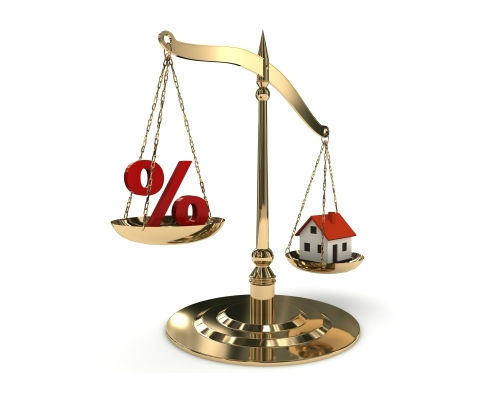
Choosing between the fixed interest and floating interest home loans is one of the biggest challenges facing the prospective home buyer. There are advantages and disadvantages in both variants which needs careful scrutiny as a home loan is along term commitment and the actual money paid back over the entire tenure could vary drastically. Such differences in actual payments made will have a significant impact on the overall financial planning of an individual since the payments will continue for more than decade up to two decades in some cases.
It must be understood that in absolute terms only a fixed interest loan has the same interest rates throughout the repayment tenure. In most cases the banks can revise the rates depending upon the index rate variations by the RBI. On the other hand the floating interest rate loans calculate interest as per the prevailing lending conditions in the country and are free to increase or decrease depending upon several economic factors. The trend of these floating rates is the element of uncertainty that is matter of detailed research in order to make predictions for the future.
Illustration
For example if an individual wants to burrow Rs. 10 Lakhs through a home loan here are the actual differences in payment amount between the two types of loans. (Assuming that the repayment tenure is 20 years and the prevailing fixed rate is 12.25% against the current floating rate of 11.25%) :
| Loan Type | Fixed Interest | Floating Interest |
| Existing Interest | 12.25% | 11.25% |
| EMI | Rs. 14,375 | Rs 10,636 |
| Total Interest Paid | Rs 24,50,000 | Rs 15,52,640 |
This example clearly illustrates the difference in total interest paid over 20 years with just a difference of 1 % between the types of loans presuming that in the later type a reducing balance was used to arrive at the figures.
The Dilemma
However the true dilemma lies in the fact that the floating interest rates may rise in the repayment period making this advantage null and void. Even the floating interest rate loan may end up paying much more than the other option if the rates continue to rise. The large fluctuations that have been witnessed in the floating interest rates over the past few years is the prime cause for concern though traditionally the floating rates have been lower than the fixed interest rates for home loans of all types.
Another important factor while making the choice between fixed and floating interest is the age of the burrower. While it is advisable for young people who have age on their side to take floating rates as their risk taking capacity is more, the senior burrowers must stick to fixed rates that are safer though costlier.
A survey of the trends in floating rates in the preceding years will be a good indicator of rates in the times to come. Additionally one understand the factors that influence the floating rates and then make a prediction based on these factors so as to reach a realistic decision that will ensure maximum possible savings in the long run.